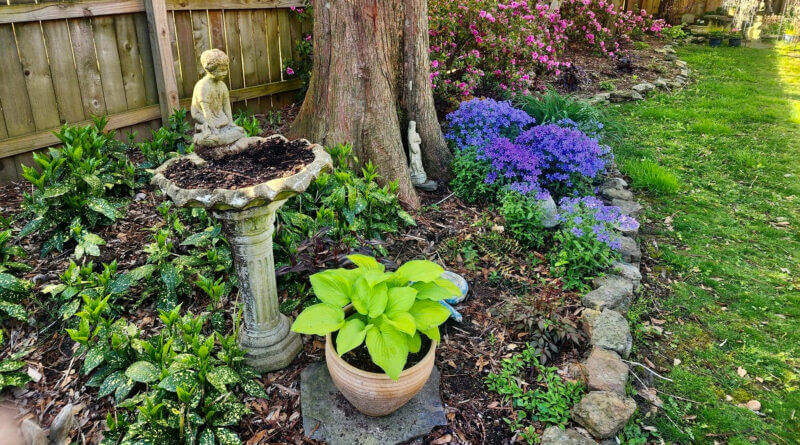McNary: Embrace Nature: The Endless Benefits of Creating a Garden at Home
(Photos courtesy Martha Dodd Lander, talented Mid-South gardener)
By Loretta McNary
In today’s fast-paced world, finding moments of tranquility and connection with nature can feel like a luxury. Yet, there’s a simple and rewarding way to bring the beauty of the outdoors into your daily life: by creating your own unique garden at home.
Whether you have a spacious backyard or a tiny balcony, cultivating a garden offers numerous physical, mental, and emotional benefits that can enhance your well-being and enrich your life.

Physical Health Benefits:
1. Exercise and Activity: Gardening is a low-impact physical activity that engages various muscle groups and promotes flexibility, strength, and endurance. Digging, planting, weeding, and watering all contribute to increased physical activity levels, helping to maintain a healthy weight and reduce the risk of chronic diseases such as obesity and heart disease. (According to the National Library of Medicine, “Obesity is a national epidemic affecting every one in three adults and one in six children in the United States of America”.)
2. Fresh, Nutrient-rich Produce: Growing your own fruits, vegetables, and herbs allows you to enjoy a bountiful harvest of fresh, organic produce right at your doorstep. Homegrown produce is packed with essential nutrients, vitamins, and antioxidants, providing a nutritious addition to your diet and supporting overall health and wellness.
3. Stress Reduction: Spending time in the garden has been shown to reduce stress levels and promote relaxation. The rhythmic tasks of gardening, such as planting, pruning, and harvesting, can have a calming effect on the mind and body, helping to alleviate symptoms of anxiety and depression.
Mental Health Benefits:
1. Connection with Nature: Gardening provides an opportunity to connect with the natural world and nurture a sense of wonder and appreciation for the beauty and complexity of life. Spending time outdoors surrounded by greenery and flowers can uplift the spirits, improve mood, and foster a sense of tranquility and peace.
2. Mindfulness and Mind-Body Connection: Engaging in the present moment while tending to plants encourages mindfulness and cultivates a deeper awareness of the interconnectedness of all living things. Gardening promotes a sense of purpose and accomplishment, boosting self-esteem and fostering a positive outlook on life.
3. Cognitive Stimulation: Gardening stimulates cognitive function and promotes mental agility by requiring problem-solving skills, planning, and decision-making. Learning about plant care, soil health, and gardening techniques stimulates the brain and provides a creative outlet for self-expression and experimentation.


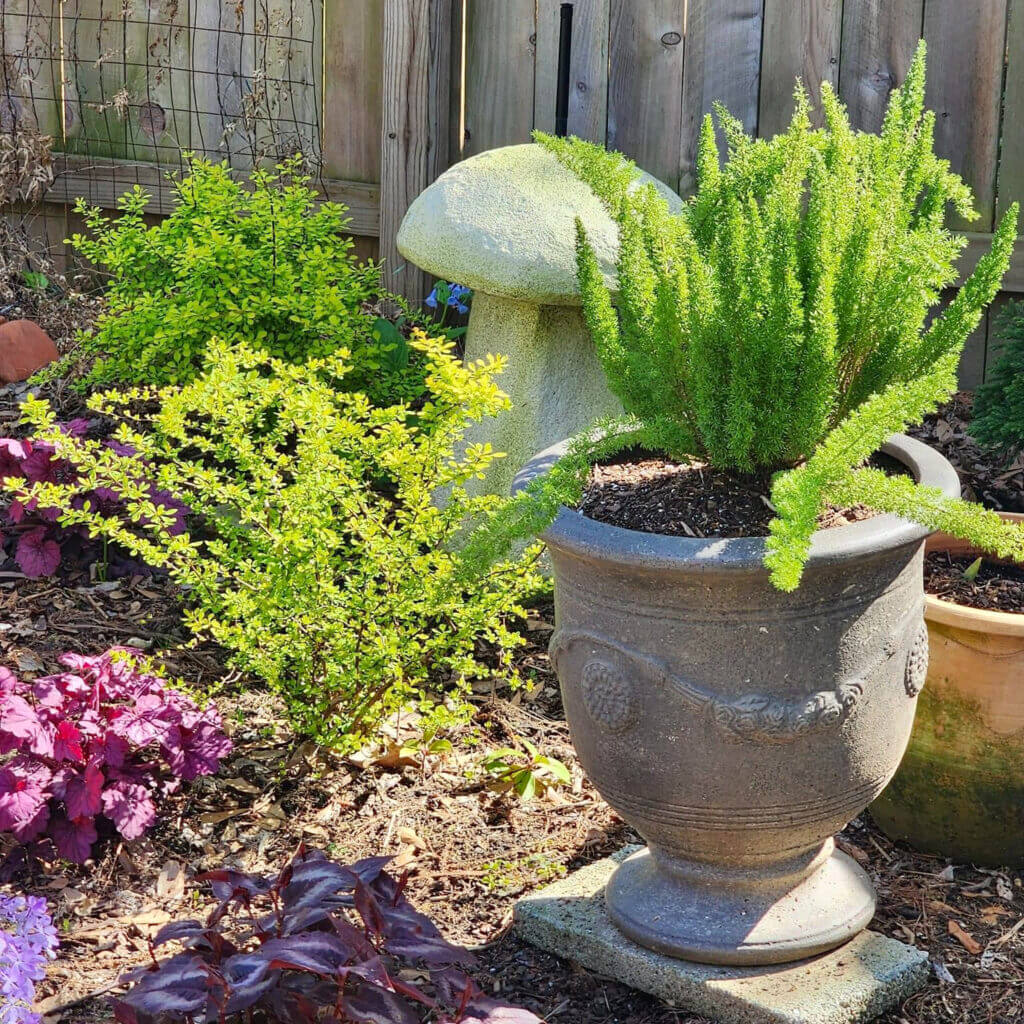
Emotional Health Benefits:
1. Sense of Fulfillment: Watching seeds sprout, flowers bloom, and vegetables ripen offers a sense of accomplishment and satisfaction that comes from nurturing life and witnessing the fruits of your labor. Gardening instills a sense of responsibility and stewardship for the environment, fostering a deeper connection to the Earth and all its inhabitants.
2. Social Connection: Gardening can be a social activity that brings people together and fosters community spirit. Whether you join a community garden, participate in gardening clubs or workshops, or simply share your gardening experiences with friends and family, gardening provides opportunities for meaningful connections and shared experiences.
Therapeutic Benefits:
Horticultural therapy, or the use of gardening activities to promote healing and well-being, has been recognized as an effective therapeutic intervention for individuals facing physical, mental, or emotional challenges. Gardening can provide a sense of purpose, structure, and accomplishment for individuals recovering from illness, trauma, or addiction. In conclusion, creating a garden at home offers a wealth of benefits for both body and mind.
From physical health benefits such as exercise and fresh produce to mental and emotional benefits such as stress reduction and connection with nature, gardening provides a holistic approach to enhancing overall well-being.
Whether you’re a seasoned gardener or a novice with a green thumb, embracing nature and cultivating a garden at home can transform your life in ways both profound and enriching. (Even if you profess to be the opposite of having a “green thumb” gardening can be super impactful for you in so many ways.)
So, roll up your sleeves, dig in the dirt, and let the magic of gardening unfold. Your mind, body, and soul will thank you for months and years to come.
Getting Started with Your Home Garden:
Creating an Outdoor Garden: 1. Assess Your Space: Determine the available space in your yard or balcony for gardening. Consider factors such as sunlight exposure, soil quality, and drainage conditions to select the most suitable location for your garden.
2. Choose Your Plants: Research plants that thrive in your climate and growing conditions. Select a variety of vegetables, herbs, flowers, and shrubs based on your preferences and gardening goals.
3. Prepare the Soil: Prepare the soil by removing weeds, rocks, and debris, and loosening the soil with a shovel or garden fork. Amend the soil with organic matter such as compost or aged manure to improve fertility and drainage.
4. Plant Your Garden: Follow planting instructions for each type of plant, including spacing, depth, and watering requirements. Consider using raised beds, containers, or vertical gardening techniques to maximize space and productivity.
5. Provide Care and Maintenance: Water your garden regularly, keeping the soil evenly moist but not waterlogged. Monitor for pests and take preventive measures such as mulching and companion planting to promote plant health. Prune and harvest plants as needed to encourage growth and productivity.

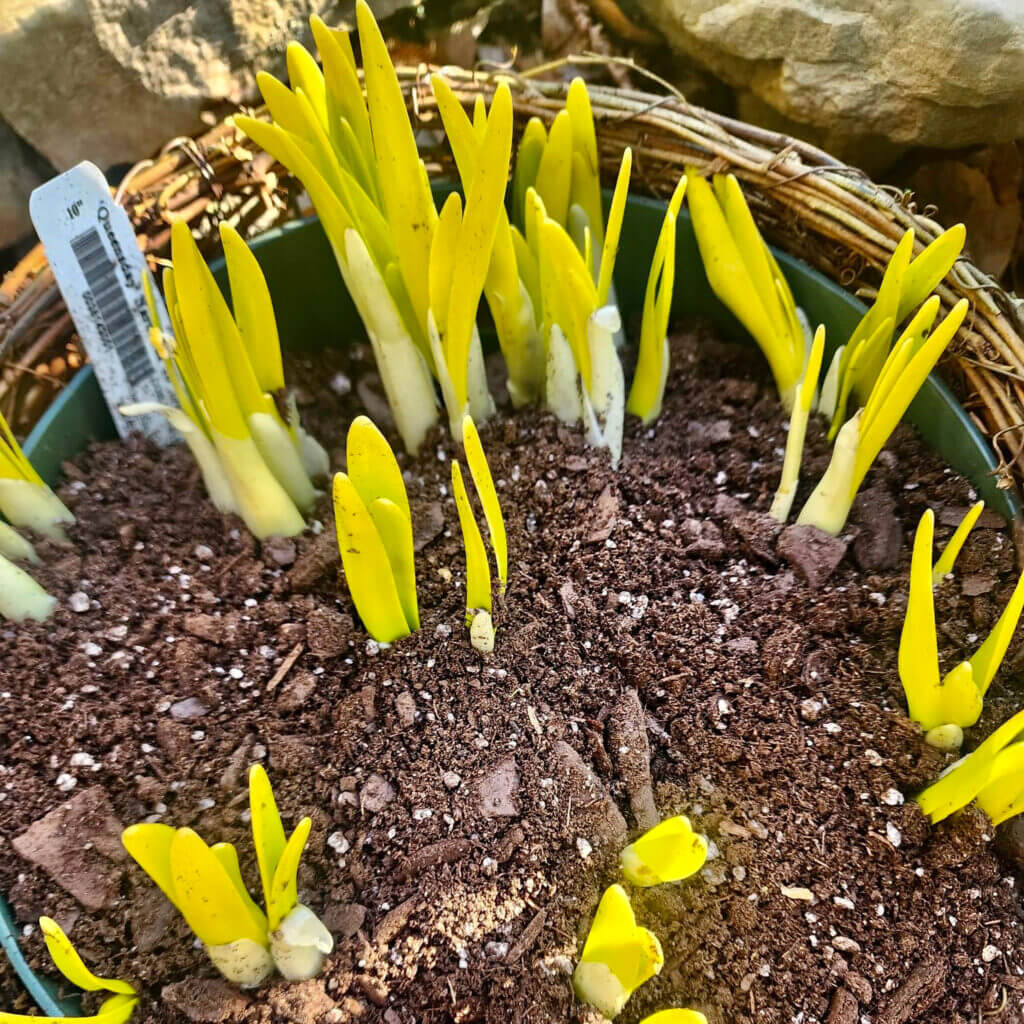

Creating an Indoor Garden:
1. Choose Suitable Plants: Select indoor plants that are well-suited to the conditions of your home, including light levels, humidity, and temperature. Popular indoor plants include herbs, succulents, ferns, and flowering houseplants.
2. Determine Plant Placement: Identify areas in your home with adequate sunlight for your indoor garden. South-facing windows typically receive the most sunlight, while east- and west-facing windows provide moderate light. Consider using artificial grow lights for plants that require additional light.
3. Select Containers: Choose containers that provide proper drainage and sufficient space for plant roots to grow. Options include pots, hanging baskets, terrariums, and vertical planters. Use a high-quality potting mix formulated for indoor plants to ensure proper aeration and moisture retention.
4. Provide Care and Maintenance: Water indoor plants as needed, allowing the soil to dry out slightly between waterings to prevent overwatering. Monitor humidity levels, particularly during the winter months when indoor air tends to be dry. Fertilize plants regularly during the growing season, following package instructions for care, dilution, and application.
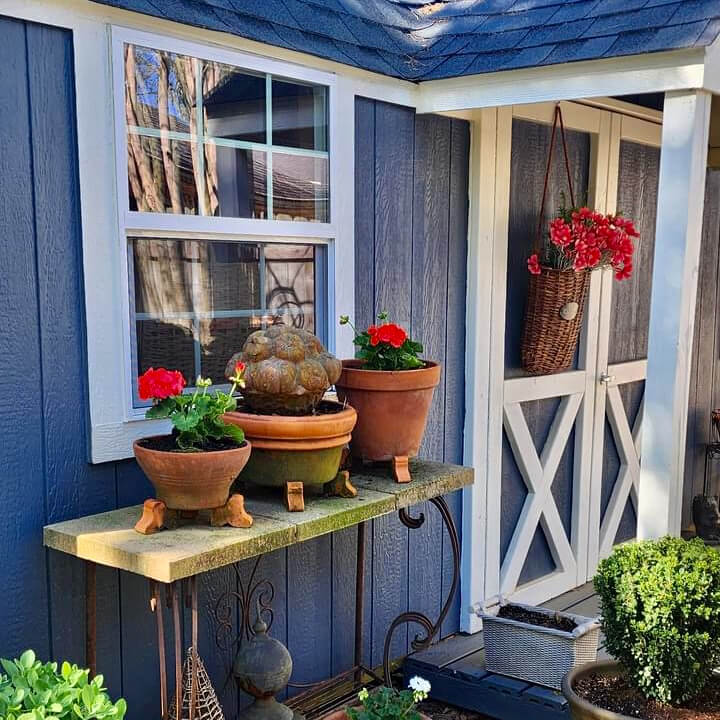
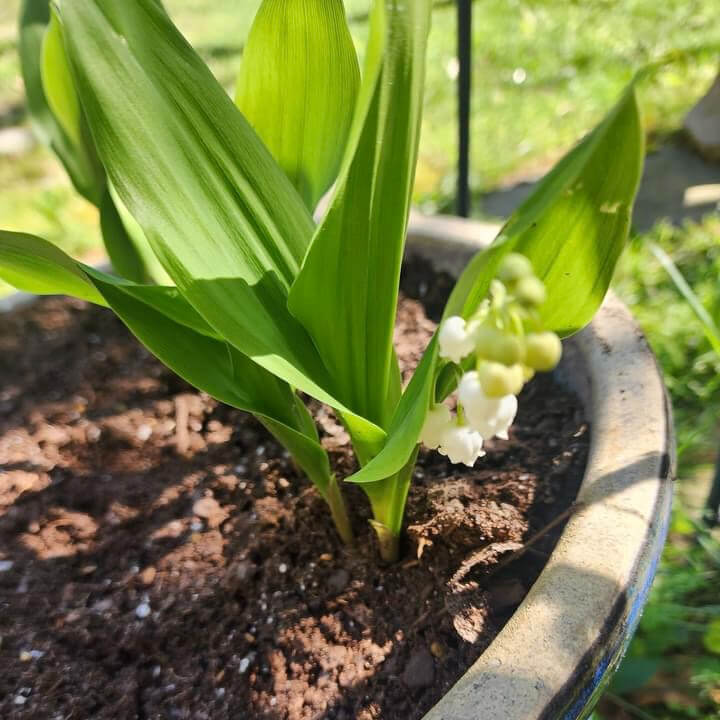
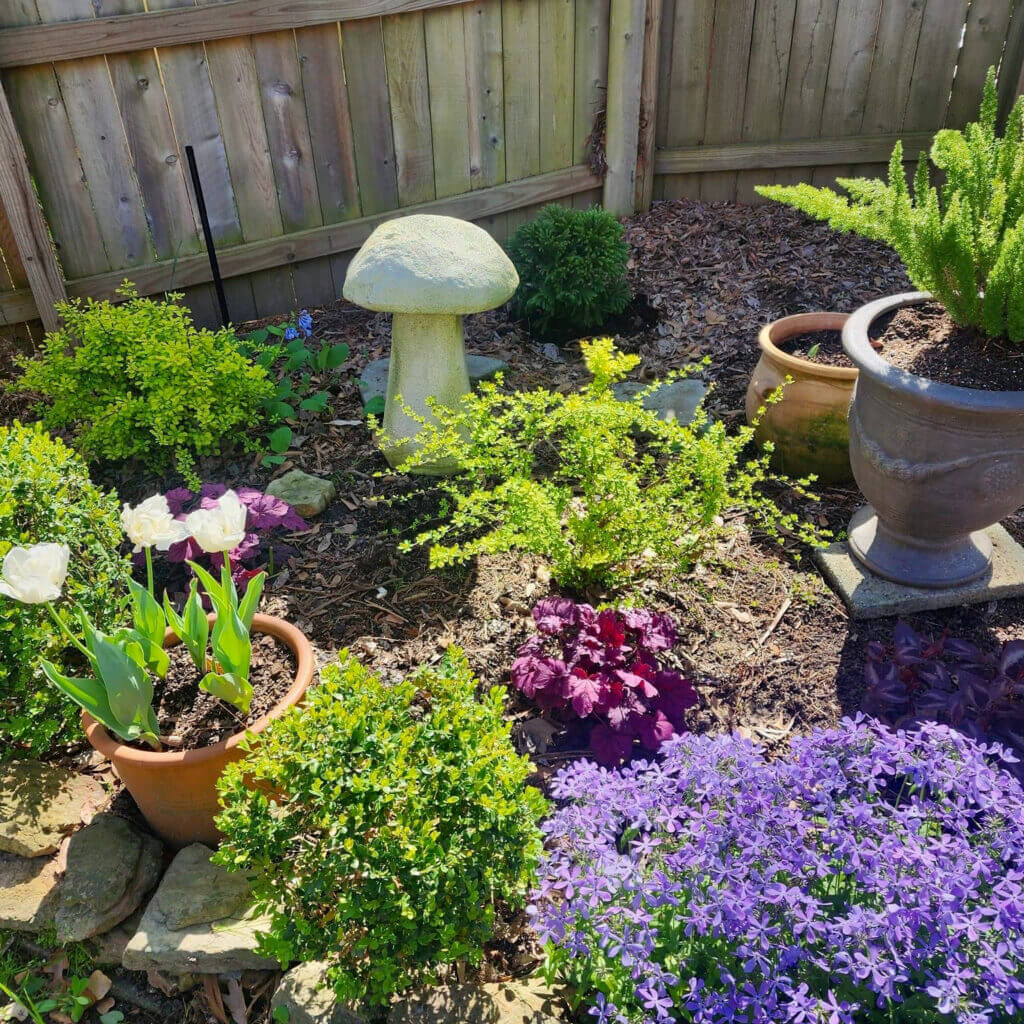
Here are a Few Tips for Successful Gardening:
1. Start Small: Begin with a small garden area or a few container plants to avoid feeling overwhelmed. As you gain confidence and experience, you can expand your garden gradually. (Checkout your local Graden Centers or your favorite Nurseries for the best selections. Also, their staff is there waiting to assist you with any questions and recommendation)
2. Learn from Experience: Gardening is a continuous learning process, so don’t be afraid to make mistakes. Don’t give up on your new hobby. Learn from your experiences and experiment with different plants, techniques, and strategies to see what works best for your garden.
3. Prioritize Soil Health: Healthy soil is the foundation of a thriving garden. Invest in soil testing to assess nutrient levels and pH, and amend the soil as needed to create optimal growing conditions for your plants.
4. Practice Regular Maintenance: Consistent care and maintenance are essential for keeping your garden healthy and productive. Set aside time each week for tasks such as watering, weeding, pruning, and fertilizing to ensure your plants receive the attention they need to thrive. (Wednesday is my day to water my 6 plants I have in my home and office)
5. Embrace Sustainability: Incorporate sustainable gardening practices such as composting, water conservation, and natural pest control methods to minimize environmental impact and promote long-term ecosystem health.
6. Stay Connected: Join gardening forums, attend workshops, and connect with fellow gardeners to share knowledge, resources, and experiences. Building a supportive community of fellow garden enthusiasts can enhance your gardening journey and inspire new ideas and insights.
7. Enjoy the Process: Gardening is not only about the harvest but also the journey along the way. Take time to savor the sights, sounds, and smells of your garden, and appreciate the beauty and wonder of nature unfolding before your eyes.
By following these easy steps and tips, I hope you will join me on my intriguing gardening journey that brings joy, beauty, and abundance into your life, whether you’re tending to a lush outdoor garden or cultivating a thriving indoor plant family. Let’s roll up our sleeves, grab our gardening tools, (my tools our pink) and let the adventure to tranquility begin!

Loretta McNary is our Lifestyles contributor. Catch “The Loretta McNary Show” on her channels, including broadcast TV, YouTube, Facebook, her website, and elsewhere.
